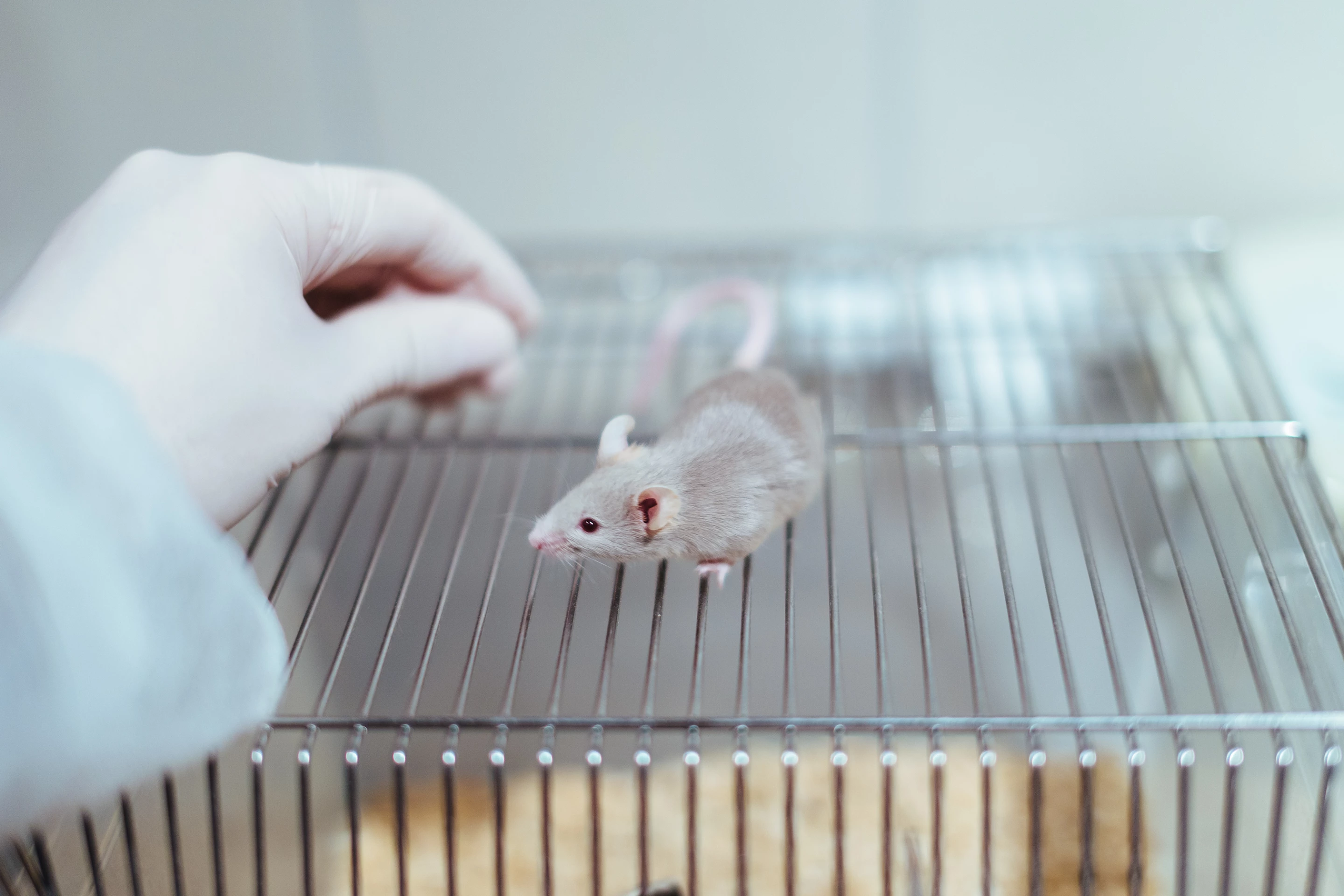Diabetic skin ulcers often take a long time to heal, sometimes even leading to complications that result in amputation. A new hydrogel is designed to help keep that from happening, by delivering oxygen directly to such wounds.
Developed by scientists at Missouri's Washington University in St. Louis, the substance initially takes the form of a liquid. It contains microspheres with a shell that incorporates the enzyme catalase. That shell in turn encases a core consisting of a blend of hydrogen peroxide and a water-soluble polymer.
Once applied to a skin ulcer and warmed by the patient's body heat, the liquid solidifies into a moist, flexible gel. The catalase in the spheres' shells then reacts with the hydrogen peroxide, causing it to be converted into molecular oxygen. This process continues over a two-week period, during which time the released oxygen reduces swelling and promotes the growth of new skin cells.
Additionally, the hydrogel is able to capture and destroy harmful chemicals known as reactive oxygen species (ROS), which can form when too much oxygen is applied to a wound. If ROS levels are particularly high, skin cells may die as a result.

In lab tests performed on diabetic mice, skin ulcers treated with the hydrogel – complete with its microspheres – were reduced to 10.7 percent their original size after 16 days. By contrast, ulcers treated with just the gel were reduced to 30.4 percent, and untreated ulcers shrank to 52.2 percent their original size.
Additionally, ulcers that were treated with the gel and microspheres had the thickest epidermis (outer layer of skin) after eight days, yet they had the thinnest after 16 days. According to the researchers, this indicated that the wounds were healing, and that inflammation was reduced.
Experiments on larger animals are now being planned, possibly followed by human clinical trials.
"This represents a new therapeutic approach to accelerating healing of chronic diabetic wounds without drugs," says the lead scientist, Prof. Jianjun Guan. "It also has the potential to treat other diseases in which oxygen is low, such as peripheral artery disease and coronary heart disease."
A paper on the research – which also involved doctoral student Ya Guan and postdoctoral research associate Hong Niu – was recently published in the journal Science Advances.





